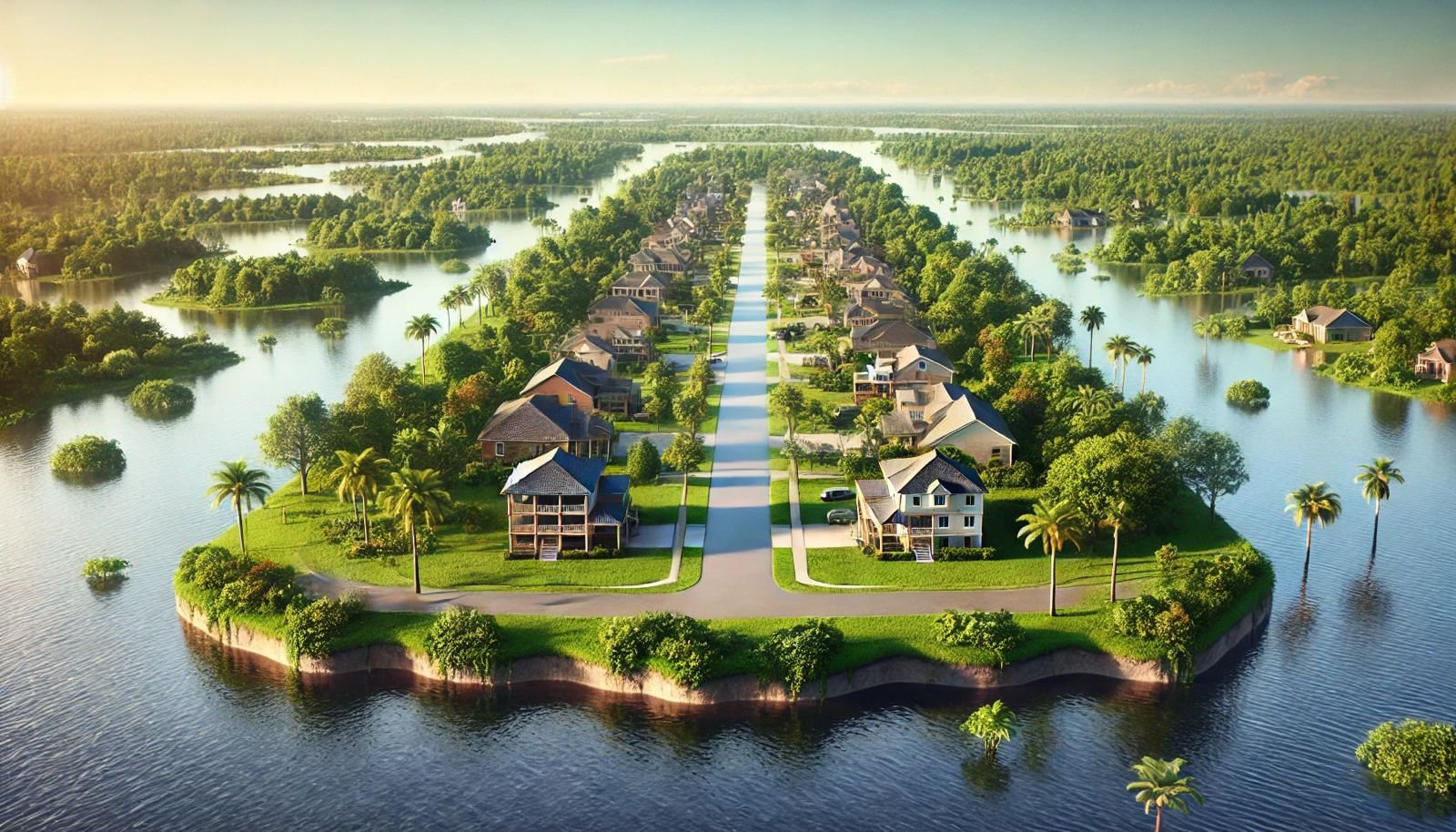What part of Florida will be least affected by climate change?
Such particular geography and large coastline expose Florida to particularly extreme impacts of climate change, including sea-level rise, higher hurricane activity, and extreme heat. Specific inland areas in Florida, located at higher elevations, tend to be less affected by such disasters. Such regions could seem extremely promising options for residents as well as policymakers who want to enhance their possibilities for minimizing risks with regard to future climate change. In much the same way that Deep Cleaning Seattle is championing community-based resilience through clean, sustainable solutions, the adaptation strategies in these safer parts of Florida could serve as best practice examples for climate readiness.
This article delineates the areas that are likely to experience fewer challenges from climate impacts in Florida, as planners look for safe, resilient places in a changing climate.
Understanding the Vulnerabilities of Florida's Climate
Florida's flat land and seaward boundary with the Atlantic Ocean as well as the Gulf of Mexico make her vulnerable in many respects to the changes in climate:
Sea-Level Rise: The cities of Miami and Tampa are experiencing more flooding than ever. It is predicted that by 2040, sea levels would rise between 10 to 17 inches, worsening such cases.
Hurricanes: Location makes it a frequently hit zone by hurricanes that are getting stronger due to warmer ocean temperatures, for example.
Extreme Heat: Most of the increased frequent and severe heatwaves are caused by increasing temperatures that impact public health and energy consumption.
Central Florida Highlands
This region encompasses cities like Ocala and Leesburg; it is an area of higher elevations and more inland, where sea-level rise as well as storm surges are reduced. It comprises rolling hills and is relatively cooler than the other coastal areas.
Northern Florida Panhandle
Cities such as Tallahassee and Gainesville are landlocked at a higher elevation, which gives it some natural protection from sea-level rise and hurricanes. However, it would experience extreme heat and other climate-related issues.
Lake Wales Ridge
This ancient sand ridge is constructed above a huge elevation far above the floodplains, which provides some protection from flooding. Additionally, the region contains rare plant and animal species and forms an important area in terms of conservation and resilience. Therefore, much like how a healthy environment emanates from sustainable cleaning practices, the protection of this ridge helps Floridians toward ecological stability despite climate change challenges.
Factors to Reduce Vulnerability
Some of the reasons why these regions are relatively more resilient include the following:
Elevation: Higher elevations reduce the threat of flooding due to sea-level rise and storm surges.
Inland Location: The farther they are from the coast, the less their experience will be in terms of hurricanes and coastal flooding.
Geological Features: Regions with natural ridges and hills enhance protection against climate impacts.
Adaptation and Mitigation Strategies
Even in relatively less vulnerable regions, proactive action is required for climate change:
Infrastructural Development: Strong, elevated roads and upgraded storm drainage reduce the flood risk
Eco-friendly practices: Seattle Green Maids sort out activities in a manner that is eco-friendly, thereby lessening environmental impacts and building up the community.
Participation: Public education on climate risks and inclusion in planning activities foster preparedness and adaptability culture.
Conclusion
Although some regions within Florida are less susceptible to direct impacts of global warming, such as the Central Florida Highlands and Northern Florida Panhandle, no region is exempt. Proactive adaptation and mitigation strategies that protect communities and preserve this unique environment must be maintained. It is embracing sustainable practices and building resilience that might guide Florida through climate change, even as Deep Cleaning Seattle focuses on how to find environmentally friendly solutions to maintaining a healthy living environment. Lessons taken from cities such as Seattle into the future can offer valuable insight into building climate resilience.
